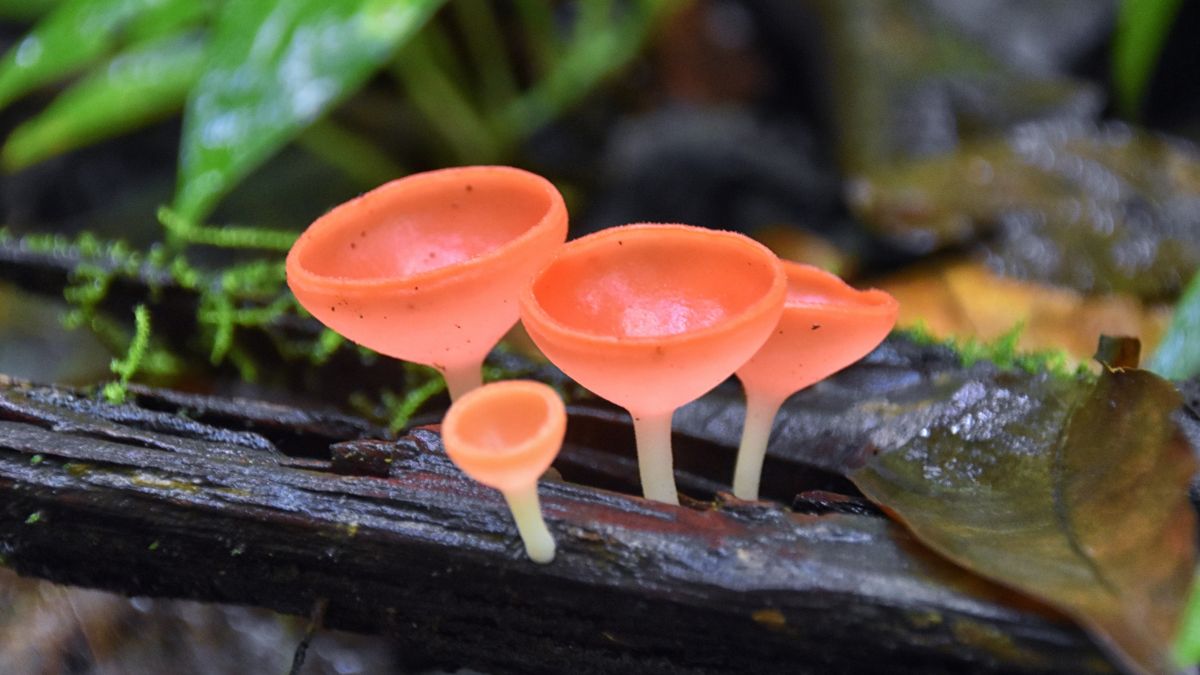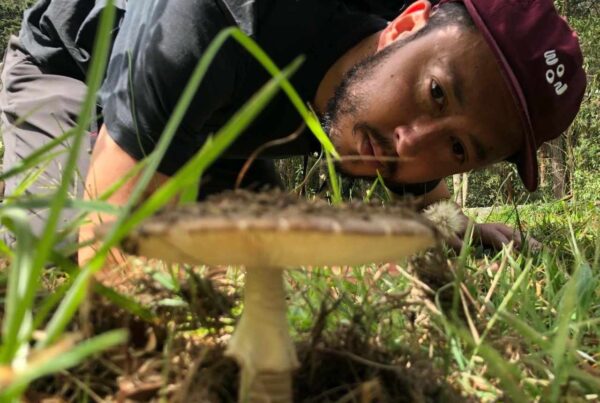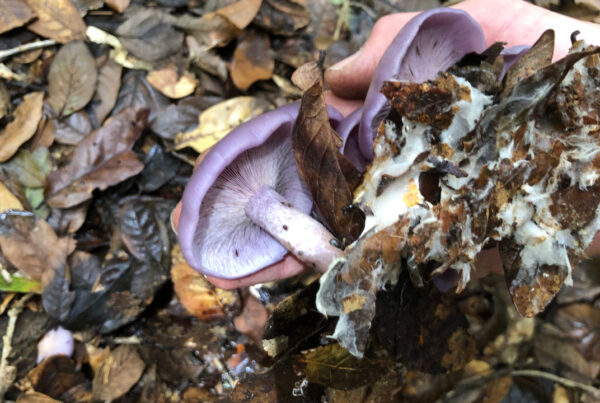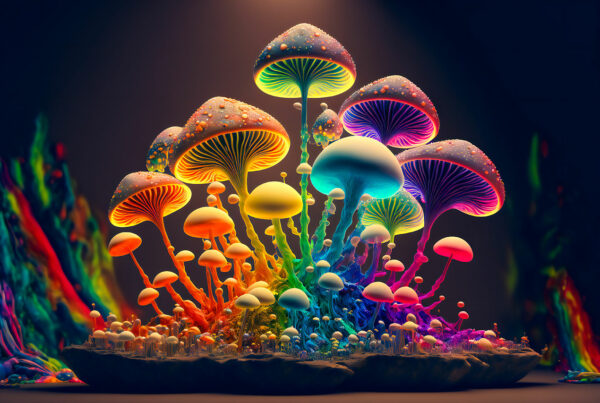In the rainforests near the equator, you will find some of the highest fungal biodiversity on Planet Earth.
Tropical nations like Mexico, Costa Rica, Colombia, Panama, Ecuador, Brazil, Congo, Thailand, Borneo, Papua New Guinea, Indonesia and Polynesian islands like Hawaii offer an incredible abundance of fungi for passionate mushroom hunters.
However, my 3 favourite countries are Mexico, Costa Rica and Colombia because they all have easy access to a wide variety of ecosystems and cloud forests. At the same time, each nation has developed an interesting culture around mushroom foraging.
If you’re curious about where to forage for mushrooms in these Central and South American countries here are my favourite spots.
1. Mexico:
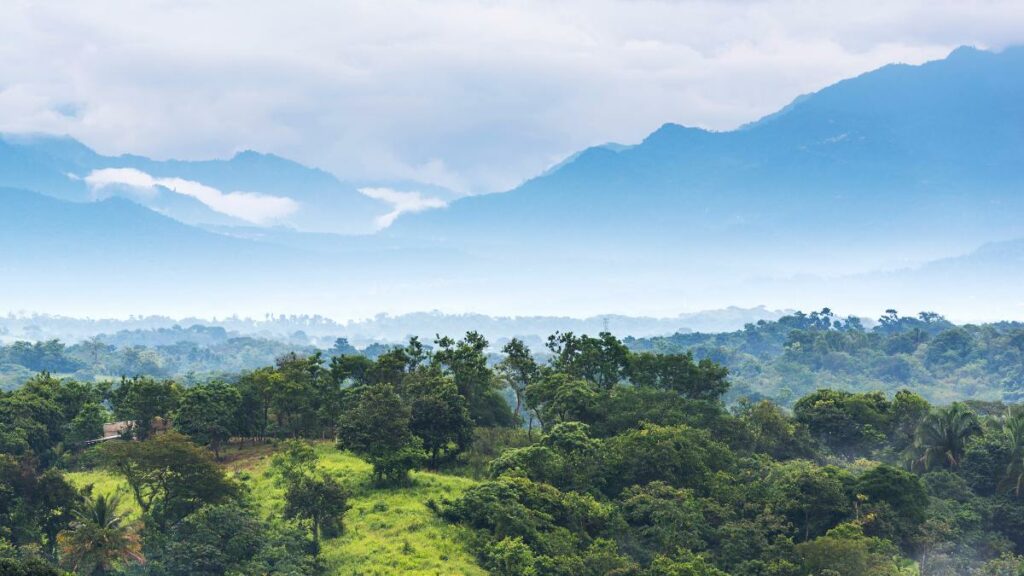
The highlands of Oaxaca and Chiapas have a long indigenous history of mushroom foraging and cultivation, which makes this area particularly interesting from a cultural perspective.
The mushroom biodiversity is also excellent in the forests surrounding Mexico City. I run an annual mushroom foraging and hiking retreat in Mexico in the area where we hike and learn about the mushrooms in the high alpine forests between the Popocatépetl and Iztaccíhuatl volcanos.
2. Costa Rica:
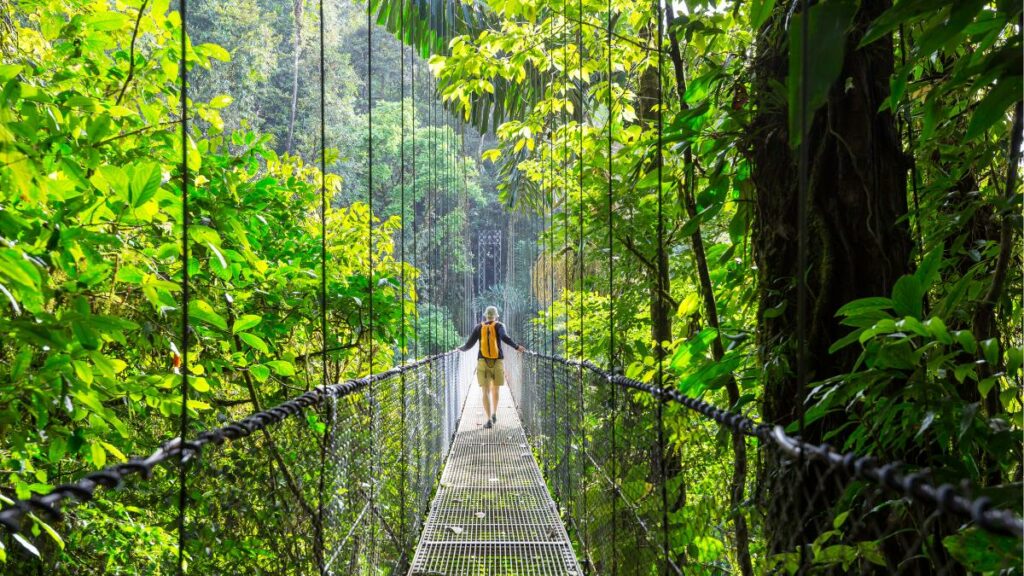
The cloud forests south of San Jose are excellent for mushrooms, especially Los Quetzales National Park, Tapantí Macizo de la Muerte National Park and La Amistad International Park.
I filmed a video on identifying species of mushrooms in Costa Rica during a mushroom foraging tour I did with local biologist Ignacio Arroyo who runs a shiitake mushroom farm called Finca Boryana.
The best place for fungal biodiversity near the ocean is on the Osa Peninsula in the South Pacific and near Puerto Viejo and Cahuita on the Caribbean Coast.
3. Colombia:
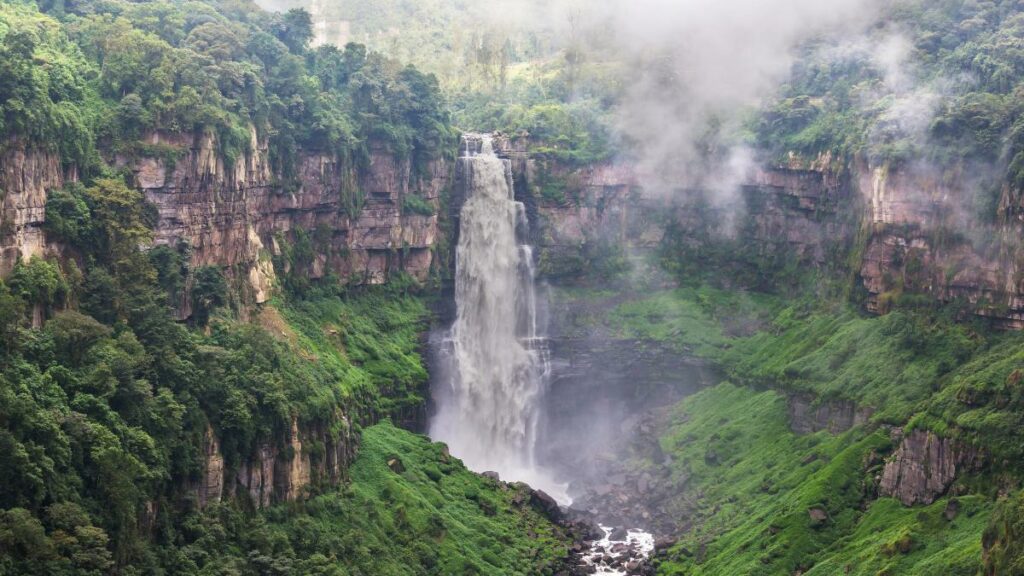
The cloud forests around both Bogotá and Medellín offer lots of opportunities for mushroom foraging in Colombia. There is excellent mushroom biodiversity everywhere in Colombia but the Colombian Amazon is one of the best places in the world for fungi enthusiasts.
I did a mushroom identification tour in Parque Arví in 2021 in Medellin, Colombia which is an excellent place for learning about mushrooms only a short trip from a big city. This massive ecotourism park has excellent trails, lagoons, diverse forests and panoramic views of the city of Medellin.
Next year I’m planning to do a mushroom foraging and hiking tour in Colombia’s coffee triangle (Eje Cafetero) exploring the cloud forests surrounding the Nevado del Ruiz volcano.
Safety Warning: This is meant as a learning resource for your self-directed learning. DO NOT eat anything you have not identified with the help of a knowledgeable herbalist, mycologist or forager who has followed the key identification system to be 100% accurate.
Want to learn more about tropical fungi? Get my digital field guides to tropical rainforest flora, fauna and fungi.
Identifying Mushrooms In The Tropics:
Here some of the most interesting mushrooms found in the tropics with links to their iNaturalist taxonomy profile:
- Elf Cup Fungus (Cookeina speciosa)
- Purple Pinwheel (Marasmius haematocephalus)
- Indigo Milk Cap (Lactarius indigo)
- The Veiled Lady (Phallus luteus)
- Crystal Brain Fungus (Myxarium nucleatum)
- Blue Meanies (Panaeolus cyanescens)
- Green Pepe (Mycena chlorophos)
- Striped Marasmius (Marasmius tageticolor)
- Chicken Lips (Leotia viscosa)
- Scarlet Caterpillar Club (Cordyceps militaris)
- Bristly Tropical Cup (Cookeina tricholoma)
- Splitgill Mushroom (Schizophyllum commune)
- Fluted Bird’s Nest Fungus (Cyathus striatus)
- Orange Pore Fungus (Favolaschia calocera)
- Luminescent Panellus (Panellus stipticus)
- Karoko Fungus (Auricularia delicata)
- Purple-veiled Slippery Jack (Suillus luteus)
- The Loop Fungus (Laternea pusilla)
- Anemone Stinkhorn Fungus (Aseroe rubra)
- Southern Cinnabar Polypore (Pycnoporus coccineus)
- Rounded Earthstar (Geastrum saccatum)
- Amethyst Deceiver (Laccaria amethystina)
- Trooping Crumble Cap (Coprinellus disseminatus)
- Fly Agaric (Amanita muscaria)
- Yellow Unicorn Entoloma (Entoloma murrayi)
- American Titan (Macrocybe titans)
- Ochre Jelly Club (Leotia lubrica)
- Green Wood Cup (Chlorociboria aeruginascens)
- Russell’s Bolete (Aureoboletus russellii)
- Beefsteak Polypore (Fistulina hepatica)
If you want to learn more about tropical fungi, read my tropical mushroom guide.
- 10 Best Peru Hiking Tours And Multi-Day Treks In The Andes - April 19, 2025
- 10 Best Banff Hiking Tours In The Canadian Rockies - April 19, 2025
- 10 Best Vancouver Hiking Tours In The BC Coast Mountains - April 19, 2025


